japanese culture– tag –
-
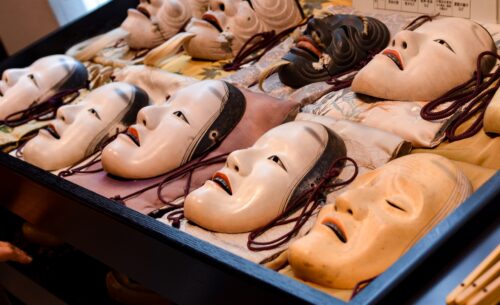
The Physics of Fear: Why Jason’s Hockey Mask and Noh Masks Scare Us With Subtle Asymmetry
Jason’s mask scares us by its absence of expression. Noh masks scare us by their subtle, shifting asymmetry. We dive into the physics of fear to uncover the 600-year-old secret: how slight, intentional, left-right imperfection gives the illusion of life—a profound, subtle complexity forged by the deep Japanese woodworking tradition. The imagination is always the most effective special effect. -

The Smell of Kaizen: What a World-Class Cleaner Taught Japan About Service
What does Japan truly smell like? I explore the rumor of soy sauce and the reality of the World's Cleanest Airport (Haneda). This cleanliness is the legacy of Haruko Niitsu, a charismatic master cleaner who proved that true mastery requires empathy. I pivot to our local pride: Asahikawa Airport's virtually non-existent flight cancellation rate, which requires its own league of unsung masters of snow clearing. Come and witness this Hokkaido spirit—the genuine smell of Kaizen—at our factory. -
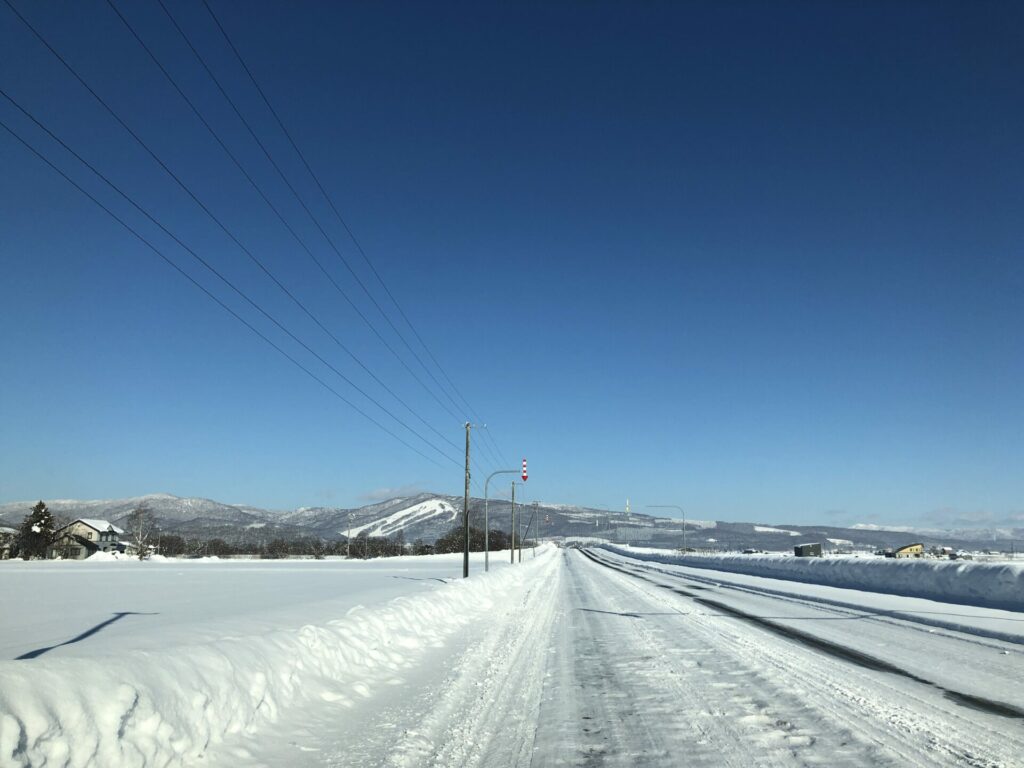
Hokkaido adventures: Exploring the skiing gems of northern Japan #3
【Ski in Pippu: Enjoy the Unbeatable View of Daisetsu Mountain Range】 Pippu's ski area is a hidden gem in northern Hokkaido, that offers skiers and snowboarders a truly unique experience. One of its main draws is the breathtaking views ... -
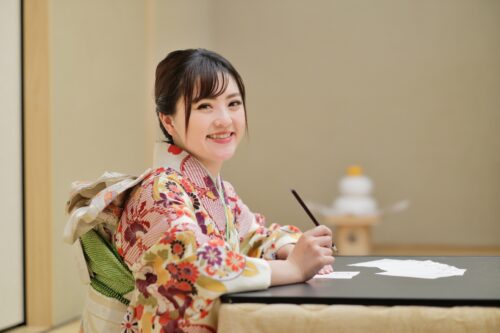
The First Penguin’s Regret: Why I Ditched Japan’s New Year’s Cards (And Why Quick Decisions Are Overrated)
If the risk is that high, I’d rather leave it to the self-appointed weirdos like Elon Musk. I became the first penguin to quit the Japanese New Year's card ritual—a decision I sometimes regret when I see my empty mailbox. Quick decisions are overrated. The value of a product is often measured by the emotional weight of its memory, not just its sales trend. -
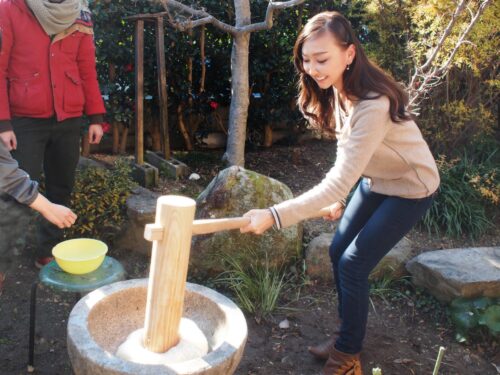
The Deadly Delicacy: Why Mochi is Japan’s Most Dangerous Food (and a Year-End Ritual)
Why is Mochi (rice cake), which causes 40% of all choking deaths in January, not banned in Japan? I suggest even those in power are captives of this deadly delicacy. I explore Mochi-tsuki as a lost year-end ritual requiring immense effort and communal unity. I reveal a non-psychological difference: commercial mochi is often made from flour, unlike the superior fresh-pounded version. Finally, I connect mochi's famous stickiness to traditional craft: rice paste was once the ideal glue for wooden furniture. -
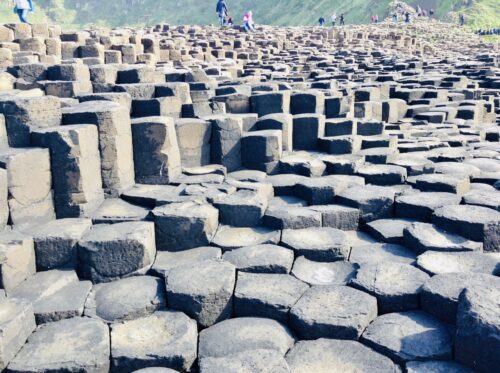
Why Nature Loves Hexagons: The Geometry of Efficiency (And Why I’m Terrified of Emotional Aging)
If you stop being curious, you will emotionally crumble. My blog is my anti-aging strategy, leading me to the genius of the hexagon. Why do bees choose it? It's the contact point theory that proves its work efficiency. Even the Japanese word for snowflakes, Rokka, means "hexagonal flower." -
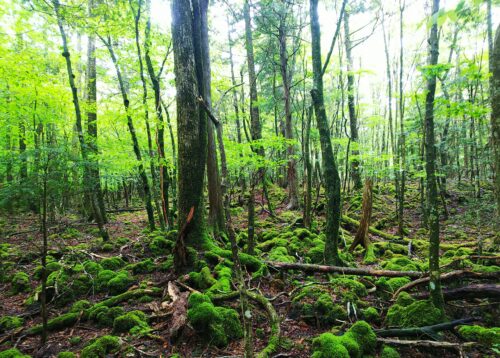
How Factory Tours Can Spark Students’ Interest in Japan
Do you notice anything peculiar in the above image of the big forest at the bottom of Mt. Fuji? It's moss. You can see a lot of moss on the ground. It grows on the surface of tree roots crawling on the ground. The forest soil is made of lava. The lava soil is so hard and well-drained that trees can't collect and keep water from their roots without moss. -
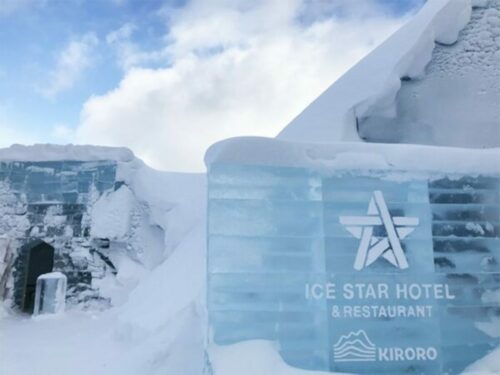
The Powder Paradox: Why Hokkaido’s ‘Good’ Snow Ruins Childhood Games (and Creates Stunning Ice Hotels)
The $500 Japanese Ransel school bag was built to be a six-year sled. We unveil the Powder Paradox: Hokkaido’s globally famous 'Champagne Powder' is too light and dry to build snow igloos—ruining childhood fun, but creating the need for stunning, heavy-machinery-built structures like the La Vista Ice Bar. Sit on our chairs in a hotel made of ice and experience the ultimate expression of our fleeting, cold luxury. -
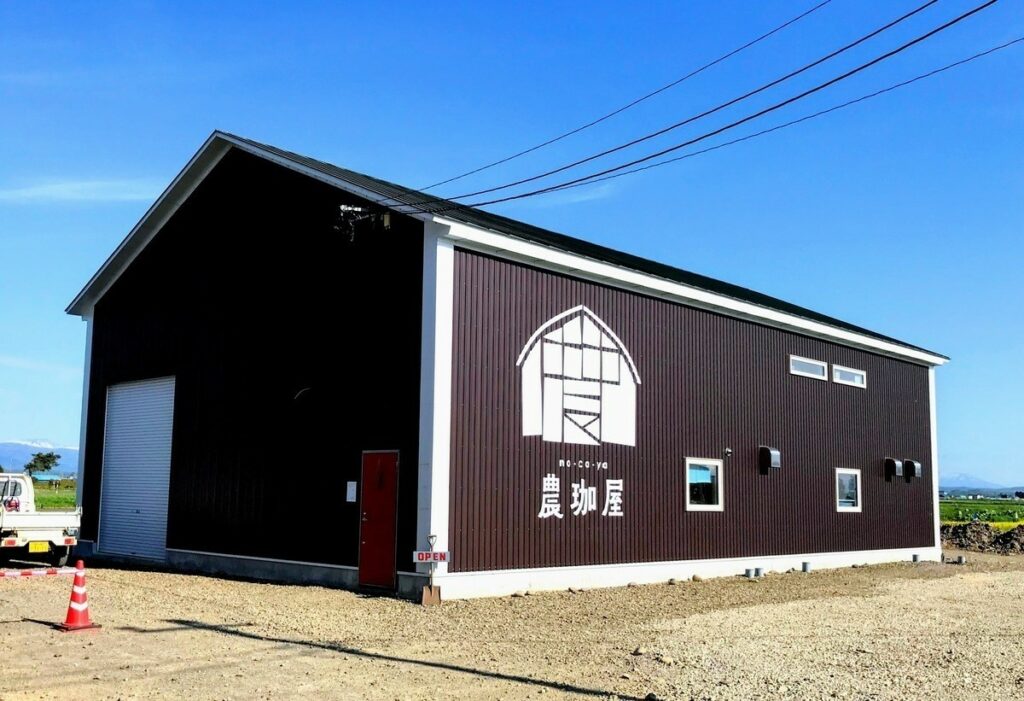
The Ultimate Efficiency: Why Our Ancestors Chose Rice (and Hokkaido’s Cold Rice Test)
The Cold Rice Test: Why Your Microwave Is Useless. Truly exceptional rice remains delicious even when cooled—a cultural point missed by the microwave generation. We explore the brutal efficiency that made rice, not wheat, the cornerstone of Japan, sustained by 400,000 km of ancestral labor (ten turns around the Earth). This profound history culminates in a farmer-run curry house where a simple meal becomes a 10,000-year philosophical experience. -
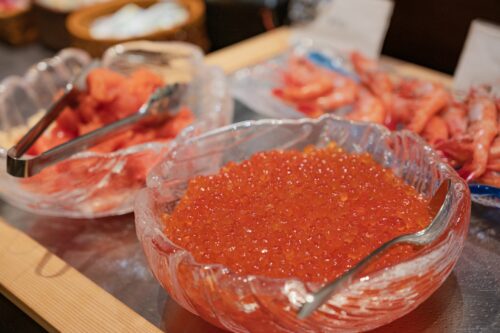
Why Budget Hotels in Japan Are a Smart Choice for Travelers
I've been traveling around the world and staying in many hotels, though most of them were cheap ones. In my experience, Japanese budget hotels are best in cost performance.
